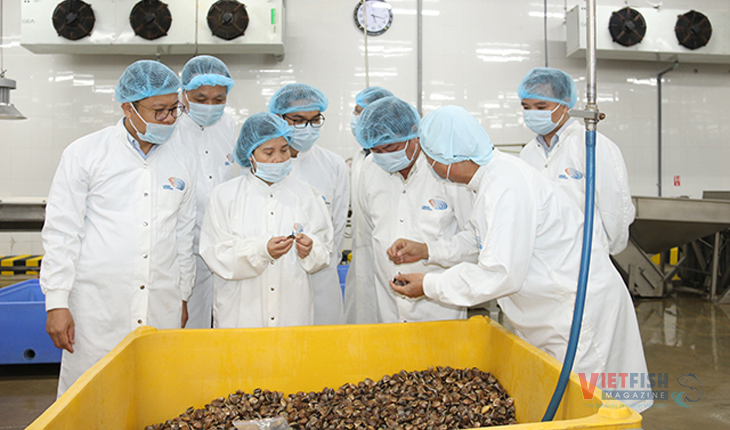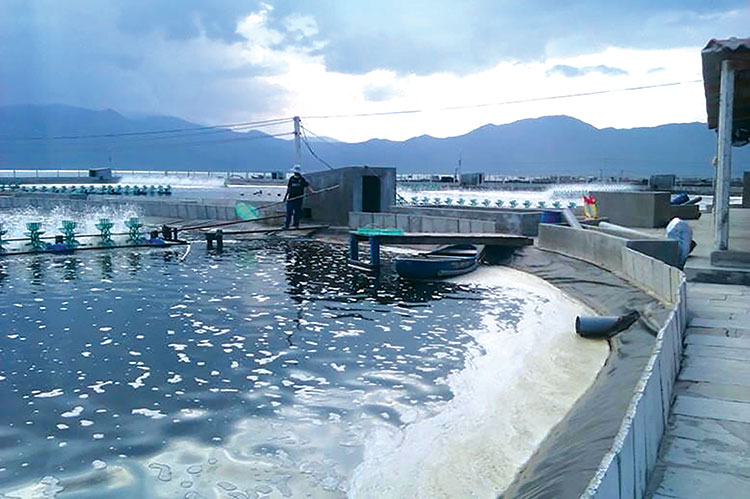The cause of death of lobsters in Khanh Hoa province identified
Scientists from the Research Institute for Aquaculture No. III have discovered the pathogen causing the black gill disease in lobster samples taken from Vạn Thành commune.
On April 22nd, the Research Institute for Aquaculture No. III (Ria 3) released a report on the deaths of farmed lobsters in cages in localities.
According to the findings from water samples: Dissolved oxygen levels at the bottom layer were lower than the limit (<5.0 mg/l) at two sampling points (Mũi Nai: 4.32 mg/l; Xuân Vinh, Vạn Hưng commune: 4.47 mg/l). The density of Vibrio spp.: 4 out of 4 water samples (100%) exceeded the limit by 1.8-3.3 times.
The water temperature in lobster cages in Xuân Vinh village was high (31.1°C); the H2S content in the collected water samples was relatively high.
Regarding sediment samples from the farming area of Xuân Vinh village, the parameters in the sediment were relatively high, except for the pH value.
Lobster samples from the two communes of Vạn Thạnh and Vạn Hưng showed no signs of parasitic infection, tested negative for the Rickettsia-like bacteria. However, 100% of the lobsters collected from Mũi Nai, Vạn Thạnh commune, were infected with Fusarium sp. fungus, but this fungus was not found in the lobster samples collected from Xuan Vinh, Van Hung commune. Additionally, high counts of Vibrio alginolyticus bacteria were detected in all lobster samples from the surveyed areas.
From these results, the Ria 3 concluded: The water temperature in the surveyed areas has been higher compared to the same period in 2023, increasing the risk of disease-causing agents for lobsters.
The pathogen causing black gill disease in rock lobsters (Fusarium sp. fungus) has been found in samples collected from Mũi Nai, Vạn Thạnh commune. This is likely the primary cause of respiratory difficulties in lobsters, leading to oxygen deficiency and sporadic deaths in the farming area of Mũi Nai.
Moreover, the total count of Vibrio bacteria was high in lobster, water, and sediment samples from the surveyed areas, especially V. alginolyticus, likely contributing to sporadic lobster deaths.
Furthermore, low levels of dissolved oxygen in the water at the bottom layer, increased water temperature compared to the same period, coupled with dense stocking of lobsters, and the transitional weather have collectively reduced the resistance of lobsters, making them susceptible to diseases.
VFM






